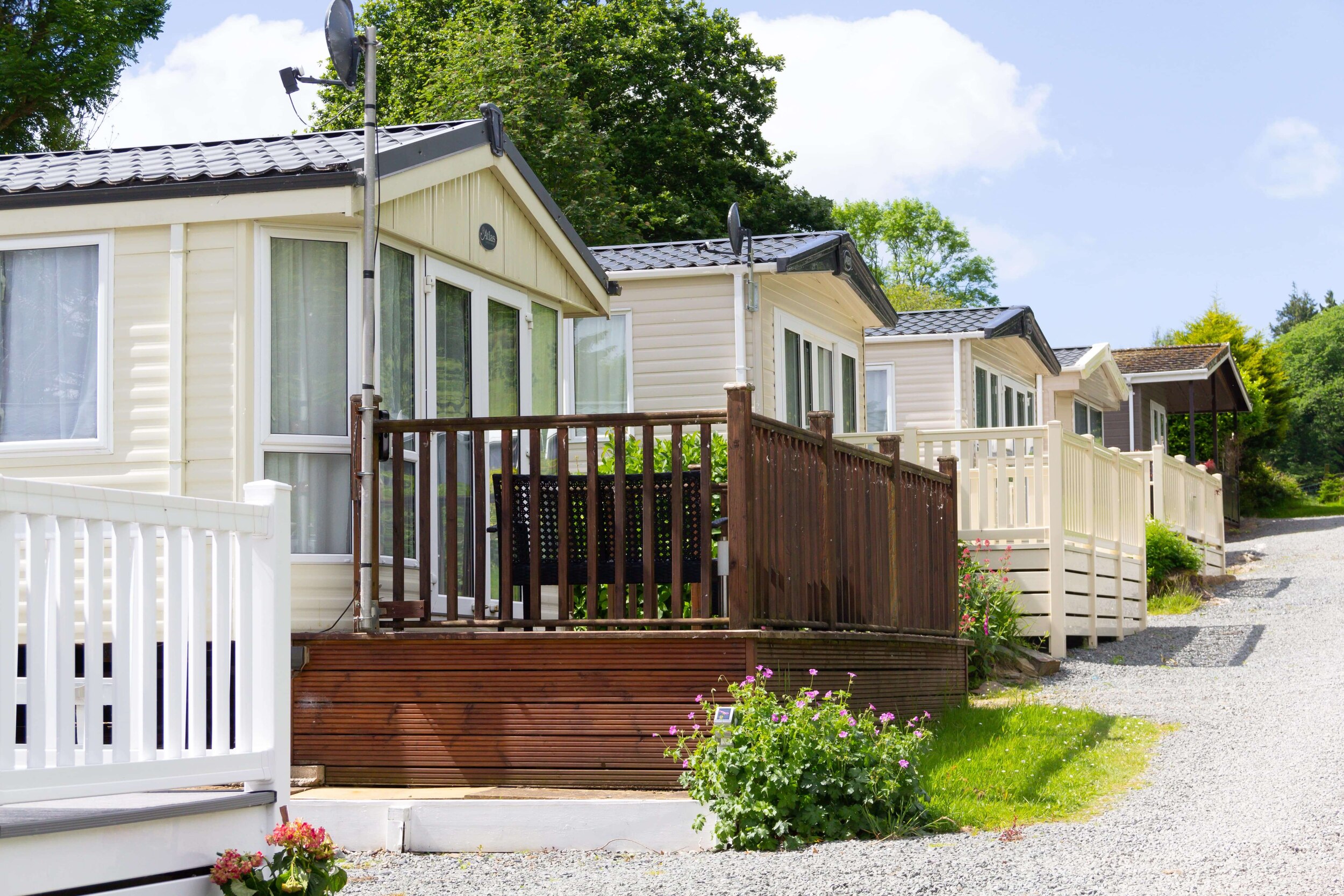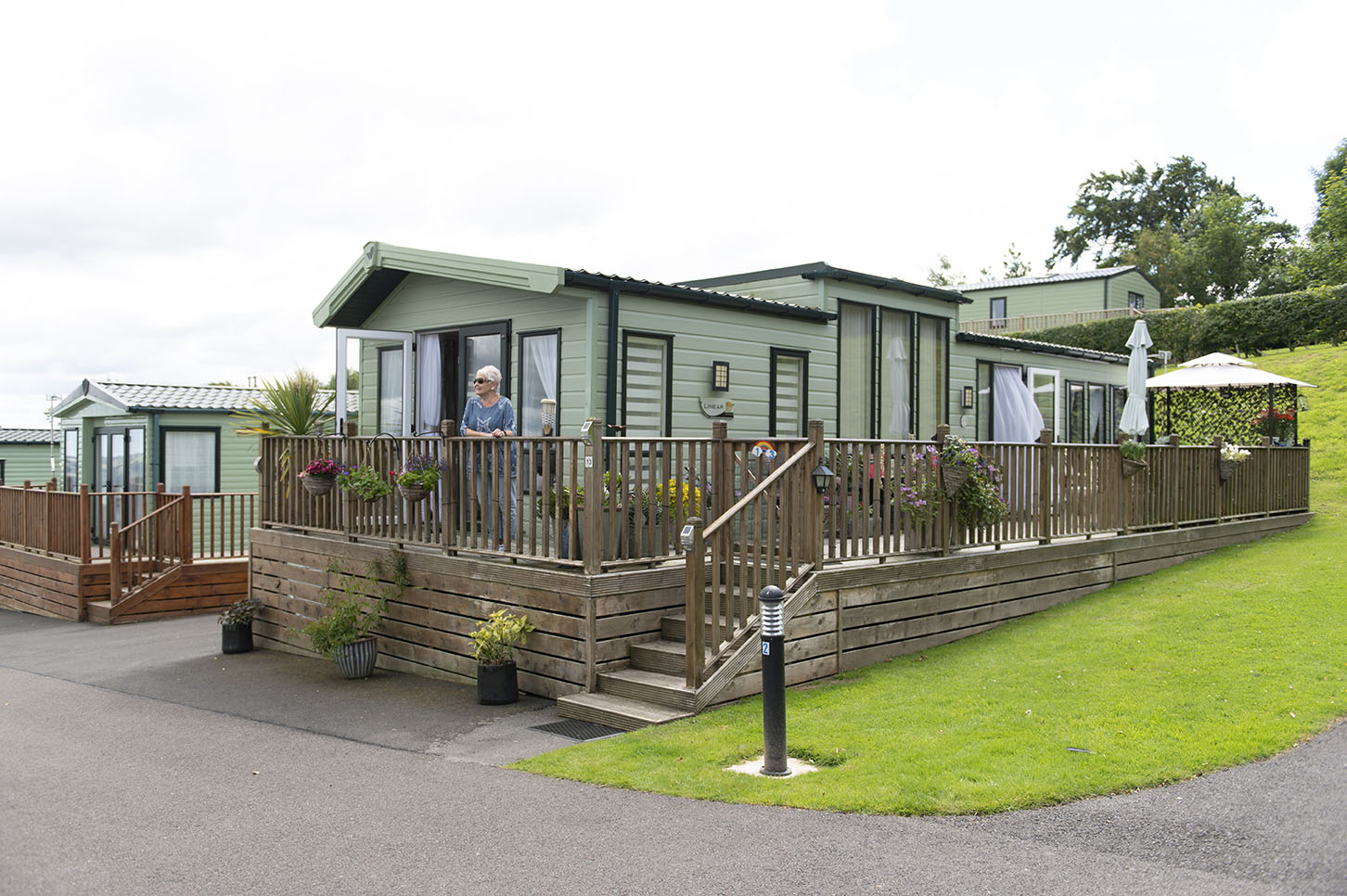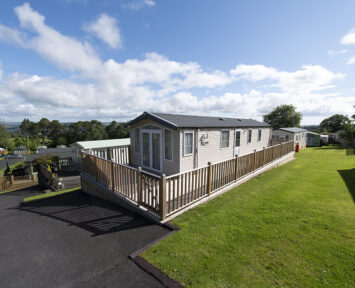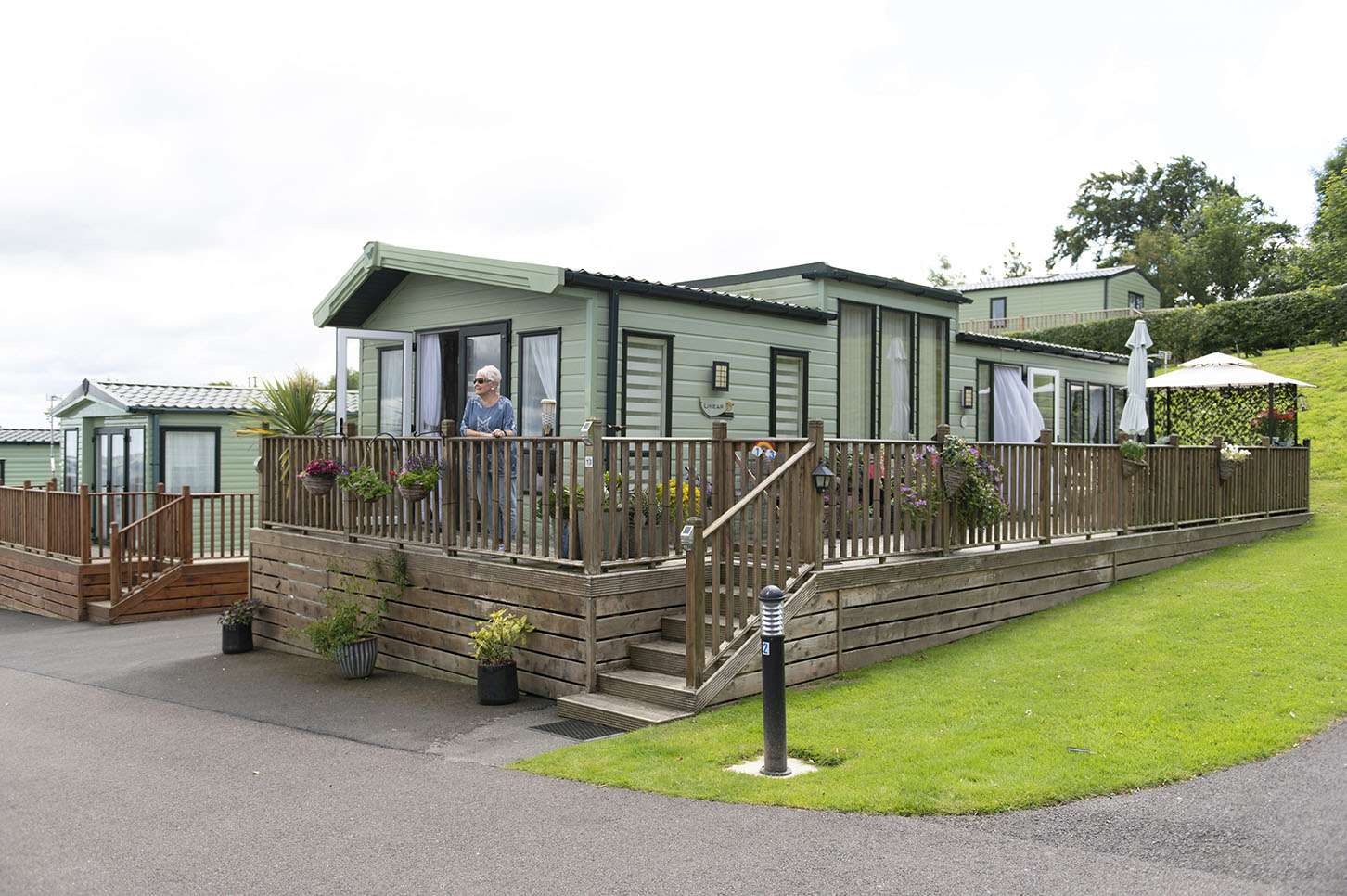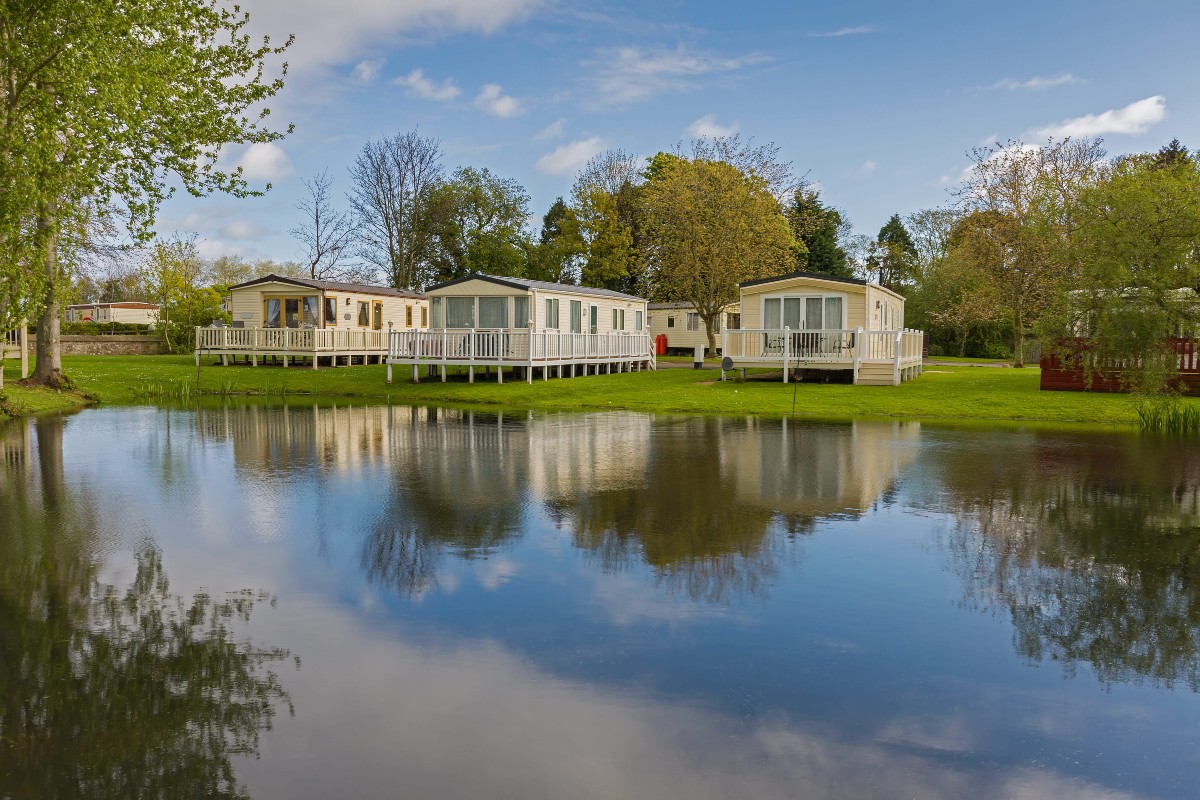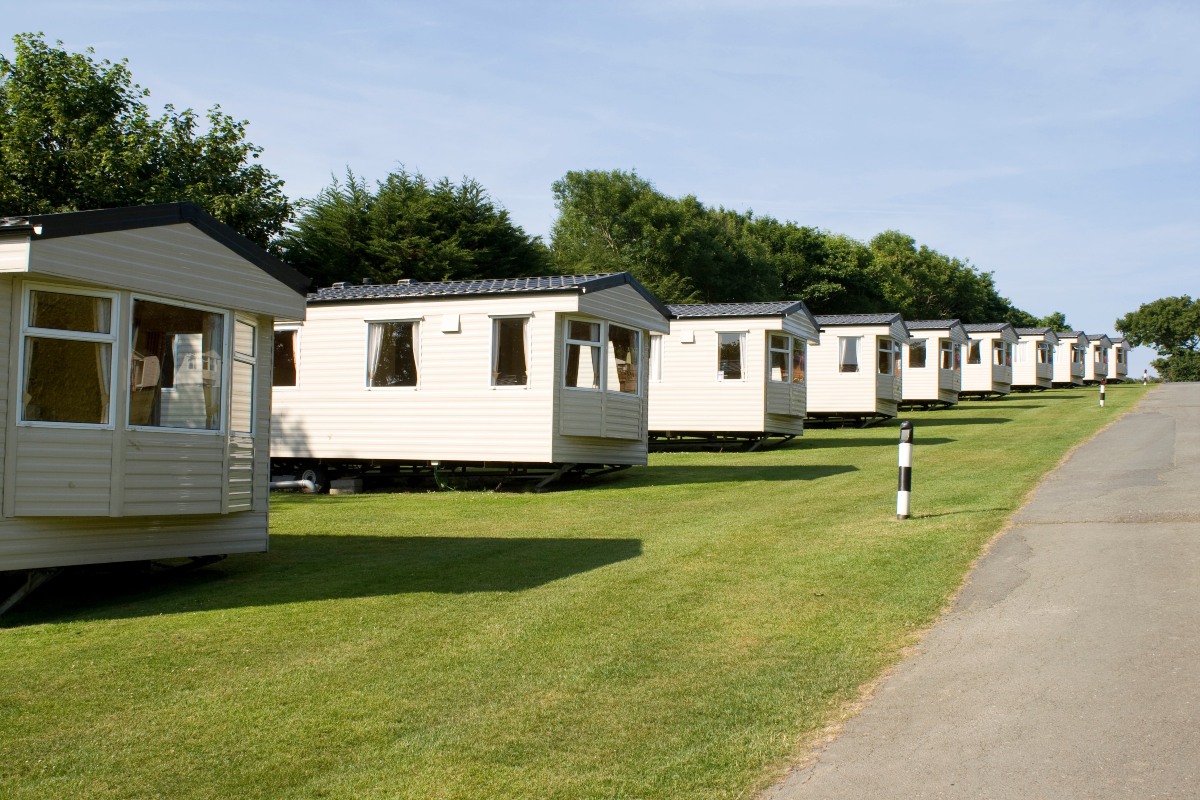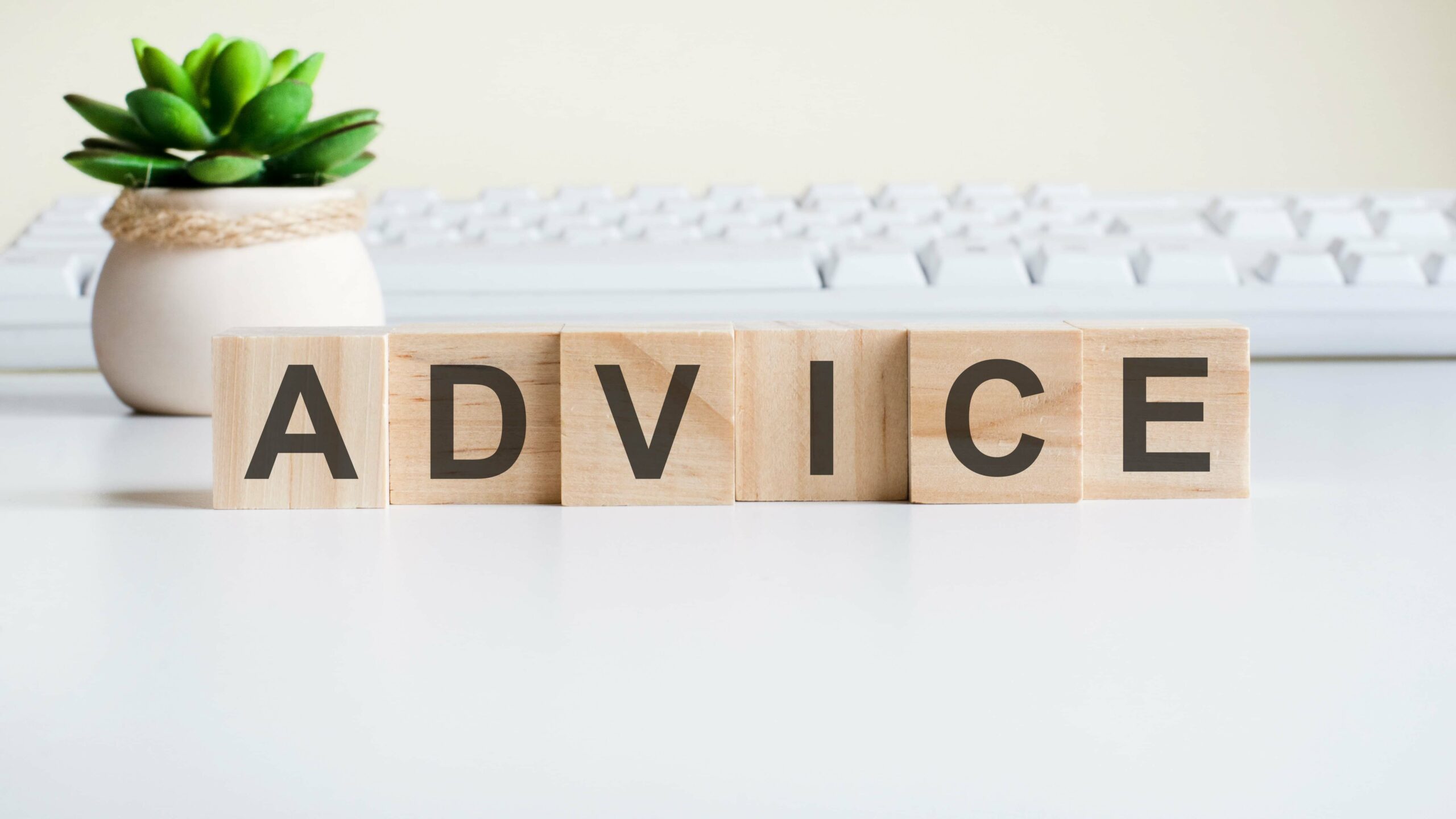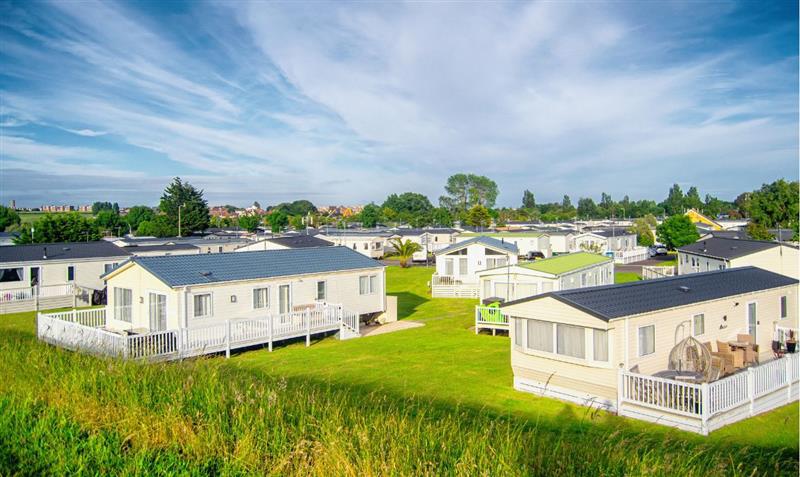Your static caravan provides you with a comfortable and easy way to live – but it’s not immune to issues. There are things you need to be aware of to ensure your static stays tip-top. Regular checks and running repairs are important. Maintaining your static caravan means just that – making efforts to keep it in good condition. To do this you have to go through the process of checking to see if any problems have occurred already, or whether there are indications that problems are likely to develop in the future. You will be able to take the right steps to fix problems or prevent them.
1. Cleaning
This is a fairly regular domestic task whatever your environment (a bricks and mortar house, a mobile home or a static caravan) and so it is something you will undoubtedly be familiar with.
On a day-to-day basis, keeping control of your things means you will have a manageable environment (things like the washing up, your clothes that need washing etc). Your static is a relatively limited space and so any gathering of ‘stuff’ is going to contribute to a feeling of being cluttered and untidy. If you’re in control of all of this, it’s more likely that you will feel better about the interior of your static, and be more inclined to look after it in a broader sense.
On the interior, running the hoover round and doing a bit of surface wiping is one thing, but doing a more thorough regular deep clean is highly beneficial too. Move the furniture (sofa, chair, shelving, table, TV unit etc) from its regular position and clean those areas, as well as the usually visible areas. Clean down all walls and surfaces, and windows. Empty out cupboards and other storage areas and clean the interior of those. If you are leaving the static for a significant length of time then leave the door of your fridge freezer ajar to prevent a growth of mould.
2. Exterior Maintenance
On the exterior of your static caravan, you can run a damp, warm cloth around to take off surface dirt and grime, but it is worth doing a full wash (like with a car, involving soapy water and rinsing etc). Your caravan will have suffered all sorts of debris build-up, from general dirt and dust to things which can become quite destructive if left (e.g. bird poo).
Areas such as the roof, drains and guttering also require your attention. You should ensure that fallen leaves are not left covering the roof or blocking drain holes or clogging up the static’s guttering. Fallen leaves decompose and can turn into an awful mess which, if left unchecked and unsorted, can eventually block drains and guttering.
Static caravan chassis maintenance is also important. The chassis is likely to be galvanised or painted – or somewhere in between. Check and maintain it regularly to avoid rust and other damage.
3. Boiler and Utilities
Just like back at your bricks and mortar home, you need to keep on top of the correct functioning of your hot water and heating system boiler. A qualified service engineer should be contracted to come out and check this over for you, certifying it as fit for purpose etc. This needs to be done once every three years.
In the time that your static caravan is not in use (over winter, say), then you should make sure that the gas bottle and the electricity are switched off. You can discuss full gas and electric safety checks with your park operator (you may have to pay an annual fee for these services).
4. Damp
Really, what we are talking about here is airflow and moisture. It’s important to ensure that the flow of air in your static caravan remains decent. Like in any other enclosed space you should be ready to open your window regularly so that air can circulate. It’s good to allow air to flow through the static caravan, as this will help with the prevention of condensation – and therefore damp and any of the problems arising from it.
Condensation is most noticeable when it appears on surfaces such as glass or tiles. It’s common for condensation to occur in bathrooms and kitchens as these are mini-environments with high moisture content. However, condensation can also occur in corners, on ceilings and window frames, and on the inside of cupboards. As a result of this, black mould may develop in those places.
When you leave your static caravan over the winter, it’s a good idea to keep any bedding and upholstery away from walls and windows. A really smart move might be to store sheets etc in vacuum packs – and it’d also be beneficial to invest in a small dehumidifier or absorber to prevent damp from building up and prevent mould. Once you return after time away, open the windows and vents to allow fresh air into the static and any moisture to escape.
5. Doors / Windows
An important part of maintaining your static caravan is checking the efficiency of the seals on windows and doors. These strips of rubber form an airtight and watertight barrier. However, if they are compromised in any way you will find that this can lead to problems. Due to the nature of the material they are made from, seals can weaken and become brittle over time, leading to loss of function. When this is compromised seals may start to leak, and water problems may start to occur within the static. When you are leaving your static caravan for a few weeks or a few months, you should ensure that windows and doors are properly closed and locked.
If you are concerned about maintaining your static caravan, don’t be. As long as you keep control by doing these things as and when they are required, rather than letting things slide, then it should work out as not very expensive at all. If you follow the suggestions we have made in this edition of our blog, your static caravan should remain in great condition – not only during the spring and summer but also when it is unoccupied throughout the winter. Saving yourself from the inconvenience and expense of major maintenance work is not that difficult and doesn’t have to cost too much at all.
If you’re looking to sell your static caravan, but don’t know where to start, or are worried about its condition or value, why not give us a call at Daly Caravans. Our expert team have years of experience in both the buying and selling of static homes offering fair prices and competitive quotations whatever the condition of your home. Get a free quote today by filling in a few easy details on our online form!
